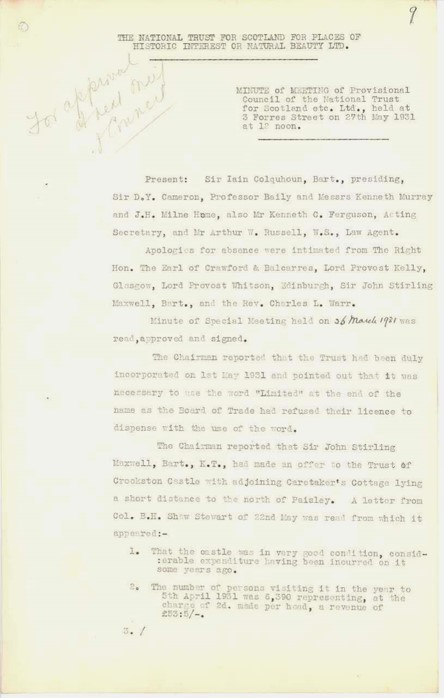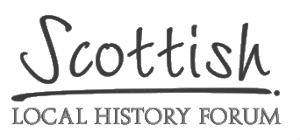National Trust for Scotland
About this Organisation
The National Trust for Scotland is a conservation charity and Scotland's largest member organisation. We are supported by more than 365,000 members and funded largely by donations.
The National Trust for Scotland for places of historic interest and natural beauty was founded in May 1931 and since that time has been looking after many of Scotland's most historic properties, beautiful countryside, nature reserves, wildlife, coastlines and collections. The NTS encourages people to connect with the things that make Scotland unique while protecting them for future generations.
Among the collections the Trust cares for are its archives. These are broadly divided into two elements: firstly, the institutional or corporate archive, including series of management, project and administration files, volumes of Minutes, Annual Reports etc. This part of the archive describes and details the history and evolution of the Trust and the acquisition and management of its properties. The majority of this collection is held at the Trust's Head Office in Edinburgh.
Secondly, there are various collections of historic archives - estate, family and personal papers - which relate to some Trust properties and the families associated with them. A few of these collections are held at properties although some are looked after at our Head Office in Edinburgh. A number of these historic archive collections have been surveyed by the National Register of Archives for Scotland, for instance Brodie Castle [NRAS770] and Drum Castle [NRAS1500], and the surveys can be accessed via their website.
Archive catalogues for both elements of the NTS archive can be supplied on request to the Trust Archivist
Links
Contacts
-
Mr Ian
Riches
iriches@nts.org.uk
Tel: 07799908941
Organisation Type
Other Information

Please note that links to websites and catalogues are provided by the Organisations listed and not maintained by Scottish Local History Forum.
